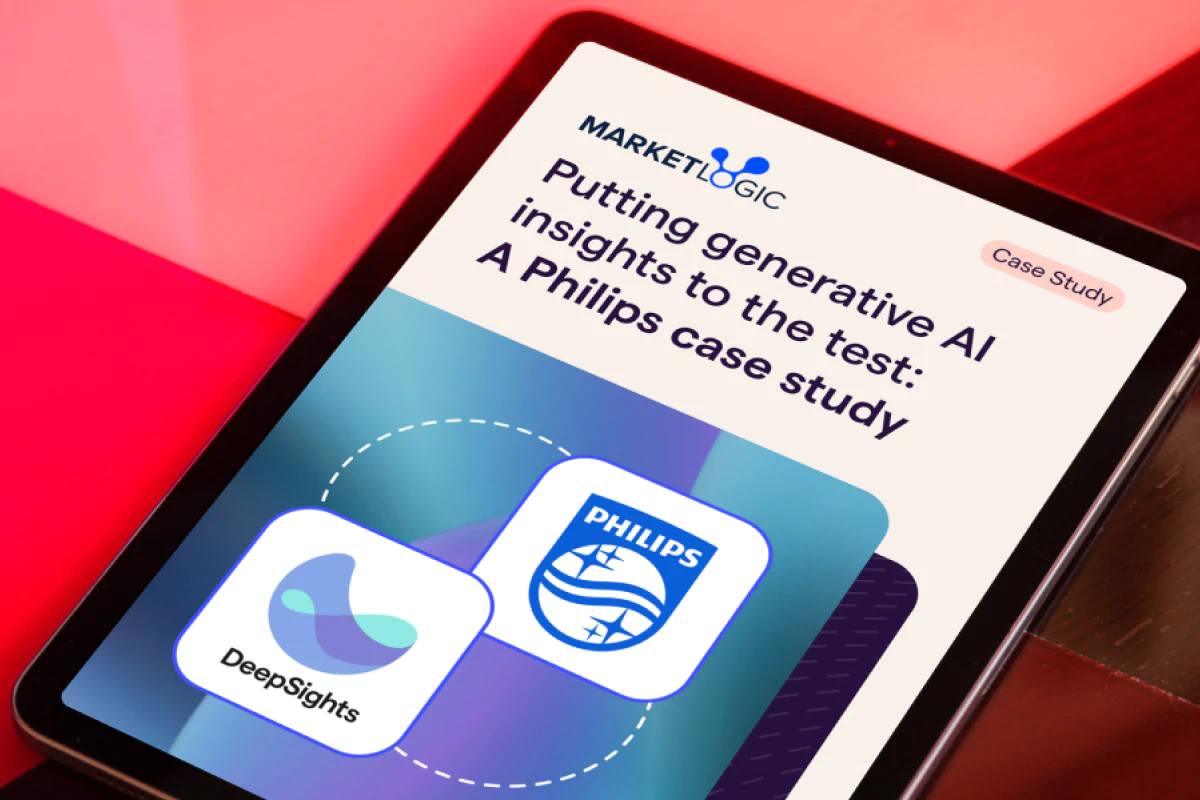Knowledge collection, sharing, and management have become the most critical assets for organizations seeking to maintain a competitive edge. However, many leaders and decision-makers tend to focus solely on the knowledge itself and how it’ll affect their marketing strategies and they forget the importance of measuring their knowledge management ROI.
Knowledge management (KM) has emerged as a strategic approach enabling companies to effectively capture, organize, share, and leverage their intellectual capital. As organizations invest increasing resources into knowledge management systems and platforms, leaders are increasingly challenged to demonstrate these critical knowledge management efforts’ tangible value and return on investment.
Understanding and measuring knowledge management ROI is no longer a “nice to have” but a necessity for decision-makers seeking to validate their knowledge management initiatives and secure continued organizational support. Below, we’ll dive deep into the intricacies of measuring knowledge management ROI, providing a comprehensive guide for leaders, knowledge managers, decision-makers, and strategic planners.
Why measure knowledge management ROI?
Measuring knowledge management ROI is crucial for multiple reasons. First and foremost, it provides concrete evidence of the value generated by knowledge management initiatives. In an era where business strategies are increasingly data-driven, organizations need to quantify the impact of their knowledge management solutions beyond intuitive assumptions.
By systematically measuring ROI, organizations can:
- Justify current investments in knowledge management platforms
- Secure future funding for knowledge-sharing initiatives
- Demonstrate the direct connection between knowledge management and business outcomes
- Identify areas for improvement in their knowledge management strategy
- Build a culture of continuous learning and improvement
Ultimately, the process of measuring ROI transforms knowledge management from a theoretical concept into a tangible, measurable business strategy that directly contributes to organizational goals and growth.
Key metrics for measuring ROI from knowledge management
Measuring knowledge management ROI requires a multifaceted approach that can capture various dimensions of your organization’s performance based on the data and insights you uncover via knowledge collecting and sharing. These metrics can be broadly categorized into three primary areas: efficiency, effectiveness, and financial impact.
Efficiency metrics
Efficiency metrics focus on how knowledge management improves operational processes and reduces time-consuming activities, as in:
- Time saved by employees finding information: Recent data suggests that employees spend significant time searching for relevant information — approximately 1.8 hours per day, according to a McKinsey & Company report. By implementing an effective knowledge base management system, organizations can dramatically reduce the time spent searching, potentially saving hours of productive work each week.
- Reduced training costs due to improved knowledge sharing: A robust knowledge management system can streamline onboarding and continuous learning processes. By creating a centralized repository of organizational knowledge, companies can reduce formal training expenses and enable faster, more self-directed learning.
- Decreased time to onboard new employees: New team members can quickly become productive when they have access to comprehensive, well-organized knowledge resources. This accelerates the integration process and reduces the productivity gap typically associated with new hires.
Effectiveness metrics
Effectiveness metrics evaluate the qualitative improvements brought about by knowledge management. These metrics would include the following:
- Improved employee productivity and performance: When employees can easily access and utilize organizational knowledge, they can make more informed decisions and complete tasks more efficiently.
- Enhanced customer satisfaction and loyalty: Knowledge management enables faster, more accurate responses to customer inquiries by providing employees with comprehensive, up-to-date information.
- Increased innovation and creativity: By facilitating knowledge sharing and cross-team collaboration, organizations can spark innovative ideas and problem-solving approaches.
- Improved decision-making quality and speed: Access to comprehensive, current information enables faster and more accurate strategic and operational decisions.
Financial metrics
Financial metrics provide a direct link between knowledge management and monetary value, such as:
- Cost savings associated with improved outcomes: Accurate and up-to-date information empowers employees to make informed decisions, leading to improved outcomes in product launches, marketing campaigns, and customer experiences. According to a Market Logic report on hyperscaling insights, the proper use of consumer intelligence alone can lead to a 15-20% increase in cost savings.
- Increased revenue generated from improved knowledge utilization: Better-informed teams can identify new opportunities, improve product development, and enhance customer interactions.
- Return on investment beyond calculations for specific KM initiatives: In addition to comparing the financial investment in knowledge management against the measurable financial benefits generated, another financial metric would include the money saved from investing in market research from comprehensive sources. This involves preventative measures and advanced machine learning algorithms to keep organizations from wasting money on purchasing duplicate research.
Challenges in measuring KM ROI
Despite the clear benefits of knowledge sharing and management, measuring KM ROI is not without its challenges. Anything that’s seemingly intangible can be tricky to quantify. This is especially true for something like the way an organization uses and manages its knowledge base, as this is something that essentially happens behind the scenes.
Here are four distinct examples of the challenges organizations often face when figuring out how to measure their KM ROI:
- Difficulties in quantifying intangible benefits: As mentioned above, some activities that appear as advantages, like improved employee morale or enhanced organizational culture, are challenging to measure precisely.
- Lack of clear objectives and measurable goals: Many organizations struggle to define specific, measurable outcomes for their knowledge management initiatives. Each organization has different needs and goals, which makes defining these goals and objectives a much more unique process.
- Resistance to change and data collection: Employees might be hesitant to participate in knowledge management processes or provide necessary data for measurement.
- Attributing specific outcomes directly to KM efforts: It can be complex to isolate the exact impact of knowledge management from other organizational factors.
Best practices for measuring KM ROI
To overcome the challenges in measuring knowledge management ROI, organizations should adopt a comprehensive and strategic approach. Each best practice plays a crucial role in creating a robust and effective knowledge management measurement framework:
Define clear and measurable KM objectives aligned with business strategies
This practice involves creating specific, actionable goals that directly connect to broader organizational objectives. For example, instead of a vague goal like “improve knowledge sharing,” set a precise target such as “reduce time spent searching for information by 30% within six months” or “increase employee problem-solving efficiency by improving access to critical knowledge resources.”
Establish an efficient data collection and analysis framework
Developing a systematic approach to gathering and analyzing data is critical for accurate ROI measurement. This involves creating standardized methods for tracking knowledge management metrics, including:
- Implementing consistent tracking mechanisms
- Developing clear protocols for data collection
- Utilizing both quantitative and qualitative measurement tools
- Ensuring data privacy and compliance
- Encouraging employee comfort with sharing information
Utilize a variety of metrics to capture a holistic view of KM impact
No single metric can fully represent the value of your knowledge management system and style. Organizations should always take the time to create a comprehensive measurement approach that includes:
- Efficiency metrics (time saved, reduced training costs)
- Effectiveness metrics (employee productivity, innovation rates)
- Financial metrics (cost savings, revenue impact)
- Engagement metrics (user participation, knowledge contributions)
Conduct regular reviews and adjustments to KM initiatives based on ROI data
Whether the goal is to increase your bottom line or ensure optimal results from your knowledge base, continuous improvement is the general key to successful knowledge management. This involves:
- Scheduling quarterly or bi-annual comprehensive reviews
- Analyzing collected data to identify strengths and weaknesses
- Being prepared to pivot strategies based on insights
- Creating a culture of adaptive learning and improvement
Communicate KM ROI effectively to stakeholders
Transparent and compelling communication is crucial for maintaining support and securing ongoing investment for your organization. In terms of the best way to go about maintaining this support and security, you’ll want to focus on:
- Creating clear, visually appealing reports
- Translating technical metrics into business value
- Highlighting both quantitative and qualitative benefits
- Connecting KM efforts to broader organizational success
Invest in KM tools and technologies that facilitate data collection and analysis
The right technological infrastructure can significantly enhance your ROI measurement capabilities. Consider tools and solutions that offer:
- Advanced analytics dashboards
- Integration with existing business systems
- Real-time tracking and reporting capabilities
- User-friendly interfaces that encourage participation
By implementing these best practices, organizations like yours can transform knowledge management from a vague concept into a strategic, measurable business driver. The key is to approach KM as a dynamic, continuously evolving process that requires ongoing attention, refinement, and strategic alignment with organizational goals.
Are you measuring your KM ROI properly?
As the business world becomes increasingly complex and knowledge-driven, measuring knowledge management ROI is no longer optional — it’s a strategic imperative. By adopting a systematic, data-driven approach to measuring and improving knowledge management initiatives, organizations can unlock significant value.
Remember, the goal is not just to measure ROI but to use those insights to create a continuous improvement cycle. Knowledge management is a dynamic process that requires ongoing attention, adaptation, and strategic refinement. So, be sure to invest in understanding your knowledge management performance, embrace data-driven insights and decision-making, and transform your organizational knowledge into a powerful competitive advantage.
Innovative solutions like DeepSights by Market Logic demonstrate how advanced, AI-driven technologies can help organizations like yours manage their knowledge more effectively — and also provide insights into research and knowledge management ROI. Request your free demo today to learn more.









